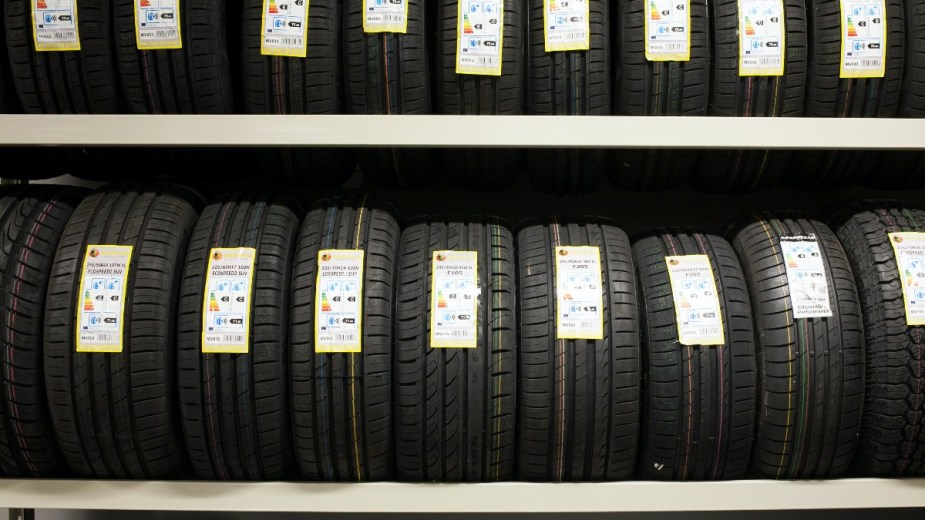
Tires 101: Learn About the Ins-and-Outs of Tires
One of the most essential parts of your car is the tires. The tires are responsible for keeping you firmly planted on the road and ensuring you can handle every adventure going forward. Because of the important aspect they play in your driving experience, you must understand the ins and outs of tires to ensure you can keep them in good shape and get the right sized ones when it is time to replace them.
Tires come in a bevy of different sizes
As a driver, there will certainly be a time when you need to replace your car’s tires. When that time comes, you will want to ensure you get the perfect tires for your vehicle. Aside from making sure you choose the proper tires for your driving situations, you need to make sure you get the right size.
Depending on your car, you must choose the right size. Every car requires a different tire size, and your car’s performance will suffer if you get the wrong size. For your driving needs, ensure you choose the correct size.
Different tires for different drivers

When looking at tires, you will notice that there are different types available. Most drivers will simply choose a letter or group before the first measurement. The most common letters are “P,” which stands for passenger tire. Most cars, trucks, and SUVs will utilize these, but if you are looking for something unique for trailers, choose ones built for trailers, “ST.” Additionally, if you drive a bigger truck or tow heavier loads, consider tires with “LT.” There are a few other types to consider, but those are more specialized.
Can I buy a different size than what is recommended?
One thing that is common when it comes to car modification is buying different-sized tires. Many times drivers will buy tires that are just slightly smaller and stretch it for a unique look. But, it is crucial to understand that stretching your tire may not be the safest option because when it is stretched, it is less capable of holding the car’s weight. According to Fitment Industries, there is a higher risk of de-beading or tearing when your tire is stretched.
You can stretch your tire but be prepared for less reliable performance. Additionally, doing this may not be recommended if you drive on harsh roads or any type of high-performance driving.
On the other hand, you can buy larger tires for your car, as long as the middle number is the same.
Wait, what do the numbers mean?

When you look at a tire, you will see a selection of numbers that relate to the size. Because of this, you need to understand what those numbers mean to ensure you buy the right ones for your car.
On a tire, the numbers are arranged in a specific order, and those numbers relate to one particular size. The size comes with a three-digit number, a two-digit number, and a two-digit number. The numbers mean:
- The first three-digit number relates to the width of a tire in millimeters. For example, the number “215” would mean is 215 millimeters wide.
- The second set of numbers, a two-digit number, relates to the tire’s aspect ratio. The aspect ratio is the sidewall distance from the edge of the rim to the outside of the tread. A number like “45” would mean an aspect ratio of 45%. The higher the number, the higher the aspect ratio.
- The final set of numbers, a two-digit number, is the tire and wheel diameter size in inches. In this case, the number “17” would mean that it can fit a wheel that is 17-inches.
You should also be aware of the last two aspects of tire measurements which relate to the load index, how much weight it can support, and the speed rating. The load index, which starts at 70 and goes up to 126, shows how capable this truck can be. The speed rating, a letter, is related to the top speed it can handle.
Choose the right tire for your car, truck, or SUV
Keeping your tires in tip-top shape is vital to enjoying the best performance. Aside from maintaining your tires with rotations, you will want to make sure you replace your tires with the proper tires when the time comes. It can be much easier to shop for tires when you understand how they are measured and what those mean.


